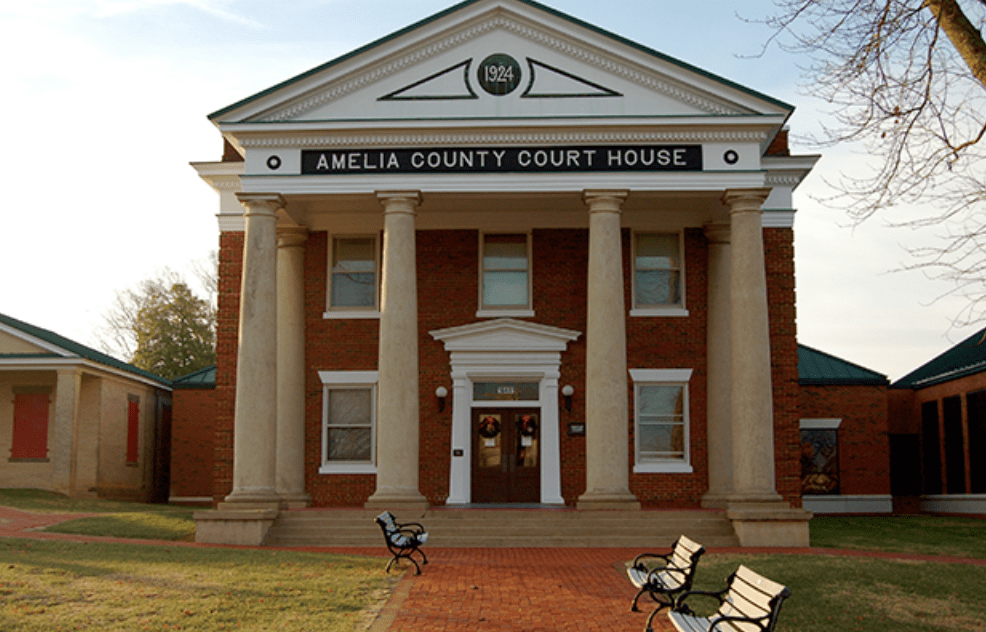
Common Law Background
At its core English common law is a complex set of judicial precedents and customs that has evolved over centuries, shaped by judges, courts, and royal tribunals through judicial opinions. Common law gives great weight to precedent rather than to statutes passed by Congress or Parliament and does not include royal decrees, edicts, or pronouncements. Parliament, for example, was not vested with the legislative power to create statutes for the early part of its existence, therefore judicial opinions were the primary source of law in England. These judicial opinions became the precedent that remains the core of common law. Precedent, the idea that one case or matter can be substantially similar to another pre-existing case, becomes a pathway for judicial decisions, the legal standard known as stare decisis.
The Language of the Judiciary
French was the language used in the Royal Court and especially in the judiciary, while Latin was used by the Church. In the middle Ages, judicial proceedings were generally held in French and the opinions were written in either Latin or French. A form of early French called Norman French was used extensively in England for centuries after the Norman Conquest in 1066. Few, if any, judicial, ecclesiastical, or royal courts used English at oral argument or in written opinions prior to the Renaissance. Therefore, many words and phrases in modern US law are still in Latin or French.
The Nature of Common Law
Common law is adversarial in nature, as opposed to inquisitional, meaning that the plaintiff and defendant present their cases to a jury before an unbiased judge. The judge will almost always make rulings on the law, meaning that the judge decides what evidence may be admitted, what objections are proper, and what motions can be granted. The jury is responsible for finding one party liable or not liable. Historically, courts of law were designed to provide monetary relief to one or more plaintiffs, while courts of equity issued injunctive relief. In fact, as recently as 10 years ago, Virginia kept actions in equity and in law separate. This division has since been abolished in Virginia.
Criminal law, along with the law of contracts, torts, and property, are all part of common law. In many states, including Virginia, the state code was merely a codification of pre-existing common law. Since the judges enacted the common law, the courts still hold primacy over the law. This allows judges to create law from the bench and to ultimately determine that a law passed by a legislature is unconstitutional. Modern personal injury law in the United States is based on the law of torts, one of the major components of common law. In fact, the Supreme Court of Virginia has held that English common law is the law of Virginia absent a conflict with the constitutions of the United States or Virginia.
